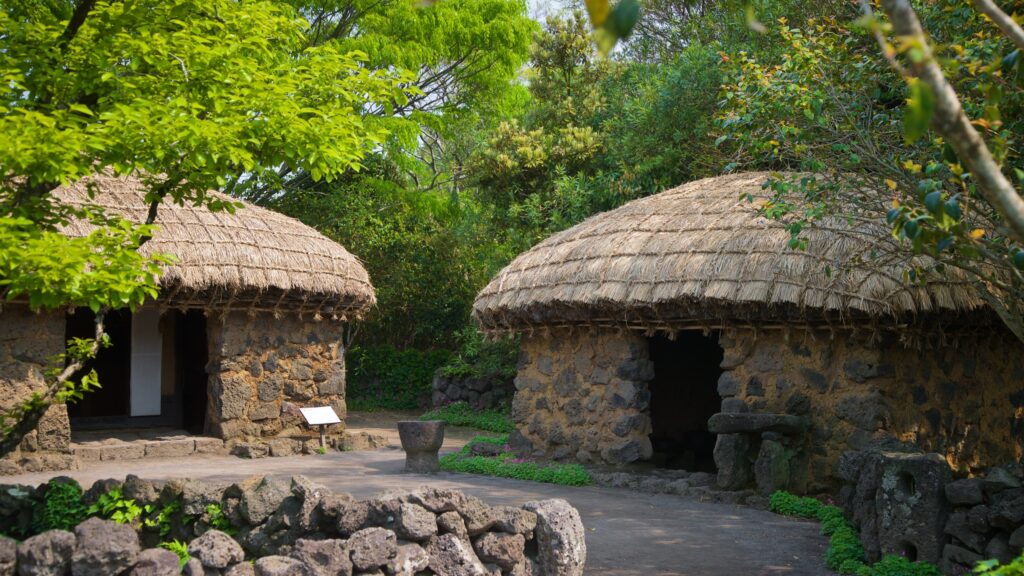Jeju Folk Village Museum: A Comprehensive Look at Jeju’s Rich Cultural Heritage
Jeju Island, located south of the Korean peninsula, is a popular tourist destination for its rich cultural heritage and stunning natural scenery. One of the most popular attractions on the island is the Jeju Folk Village Museum. This open-air museum showcases a variety of traditional Korean dwellings and artifacts from the early 20th century. It is an excellent way for visitors to explore Jeju’s history and culture, as well as its unique landscape.
What Is Jeju Folk Village Museum?
Jeju Folk Village Museum is a large outdoor museum located in the southern part of Jeju Island, South Korea. It was established in 1971 with the purpose of preserving and displaying traditional Korean culture and architecture. The museum is home to over 100 traditional Korean houses, including thatched-roof hanoks, as well as various artifacts from the early 20th century. Visitors to the museum will also find a variety of traditional tools and crafts, as well as a collection of folk music instruments.
What Can You See at Jeju Folk Village Museum?
The Jeju Folk Village Museum is a great place to explore the unique culture and history of Jeju Island. Visitors to the museum will be able to get a glimpse into Korean life in the early 20th century, through the traditional dwellings and artifacts on display. The museum is home to over 100 traditional Korean hanoks, as well as a variety of artifacts from the early 20th century. Visitors can also explore traditional tools and crafts, as well as a collection of folk music instruments.
Other Attractions at Jeju Folk Village Museum
In addition to the traditional dwellings and artifacts on display, there are also several other attractions at the Jeju Folk Village Museum. Visitors can explore a traditional outdoor market, where locals sell a variety of goods and produce. There is also a traditional “village”, where visitors can get a glimpse into the everyday life of Koreans in the early 20th century. Additionally, the museum also hosts a variety of cultural events and performances throughout the year, including traditional folk music and dance performances.
Visiting Jeju Folk Village Museum
Jeju Folk Village Museum is open daily from 9am to 6pm, with extended hours during the peak tourist season (April to October). The museum is easily accessible by car, bus, or taxi, and is located just a short distance from the popular Jeju International Airport. Admission to the museum is 8,000 KRW (approximately $7 USD) for adults, and 4,000 KRW (approximately $3.50 USD) for children.
Conclusion
Jeju Folk Village Museum is an excellent way for visitors to explore Jeju’s rich culture and history. The museum is home to over 100 traditional Korean hanoks, as well as a variety of artifacts from the early 20th century. Visitors can also explore traditional tools and crafts, as well as a collection of folk music instruments. Additionally, the museum also hosts a variety of cultural events and performances throughout the year. With its convenient location and affordable admission, Jeju Folk Village Museum is a must-visit for anyone looking to explore Jeju’s unique culture and history.

